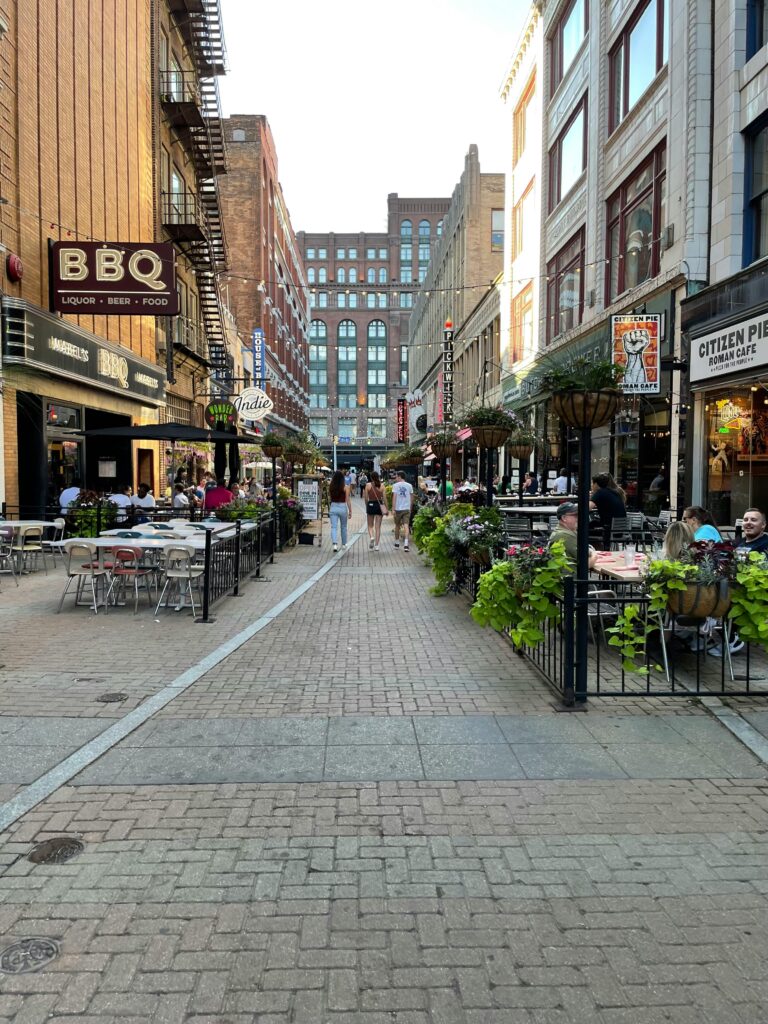Latin America, a region rich in cultural diversity and vibrant traditions, offers a culinary landscape as varied and dynamic as its people. From the lush rainforests of Brazil to the high altitudes of the Andes, Latin American cuisine captures the essence of its environment and history in every dish. This article takes you on a journey through the notable restaurants and food scenes that define Latin America’s gastronomic identity, showcasing the flavors and creativity that make this region a food lover’s paradise.
The Essence of Latin American Cuisine
Latin American cuisine is a celebration of its indigenous roots and the influences of Spanish, Portuguese, African, and Asian cultures. Staples like corn, beans, rice, and potatoes form the backbone of many dishes, while local spices, herbs, and tropical fruits add layers of complexity and flavor. Each country in Latin America boasts its unique culinary style, yet all share a common thread of vibrant, bold flavors and a deep connection to the land.
Iconic Latin American Restaurants
Central (Lima, Peru):
- At the forefront of Peru’s culinary renaissance is Central, led by Chef Virgilio Martínez. This restaurant offers a gastronomic journey through Peru’s diverse ecosystems, with a menu that highlights ingredients from the Amazon, Andes, and Pacific coast. Central’s dishes are not only a feast for the palate but also an educational experience, showcasing Peru’s rich biodiversity.
D.O.M. (São Paulo, Brazil):
- Under the guidance of Chef Alex Atala, D.O.M. has become a beacon of Brazilian gastronomy. Atala’s innovative use of indigenous ingredients from the Amazon rainforest, such as priprioca root and jambu leaves, has brought global attention to Brazil’s culinary potential. D.O.M. seamlessly blends traditional Brazilian flavors with modern techniques, creating a dining experience that is both exotic and refined.
Pujol (Mexico City, Mexico):
- Chef Enrique Olvera has transformed Pujol into a culinary institution, known for its sophisticated take on Mexican cuisine. The restaurant’s tasting menu is a journey through the rich and varied flavors of Mexico, featuring dishes like mole madre, a complex sauce aged for over 1,000 days. Pujol’s commitment to using locally sourced and sustainable ingredients underscores its dedication to authenticity and innovation.
Boragó (Santiago, Chile):
- Chef Rodolfo Guzmán at Boragó emphasizes the use of native Chilean ingredients, many of which are foraged from the wild. This commitment to sustainability and local sourcing has positioned Boragó as a leader in the farm-to-table movement. Dishes at Boragó reflect the diverse landscapes of Chile, from coastal seafood to mountain herbs, providing diners with a true taste of the country’s natural bounty.
Maido (Lima, Peru):
- Maido, where Chef Mitsuharu Tsumura melds Japanese and Peruvian cuisines, exemplifies the concept of Nikkei cuisine. This fusion results in innovative dishes like sushi topped with Peruvian ingredients and ceviche with a Japanese twist. Maido’s creative approach and meticulous execution have earned it a place among the world’s top restaurants.
The Street Food Experience
While upscale restaurants offer a refined taste of Latin America’s culinary prowess, the region’s street food scene is where one can truly experience the heart and soul of its cuisine. Street food vendors provide affordable and delicious options that are deeply rooted in tradition.
- Tacos al Pastor (Mexico): These tacos, featuring marinated pork cooked on a vertical spit and served with pineapple, onions, and cilantro, are a quintessential Mexican street food delight.
- Arepas (Venezuela and Colombia): These versatile cornmeal cakes can be filled with a variety of ingredients, from cheese and avocado to shredded meat, reflecting the comfort and simplicity of home-cooked meals.
- Ceviche (Peru): A refreshing dish of raw fish marinated in citrus juices and seasoned with chili peppers and cilantro, ceviche is a staple of Peruvian cuisine that embodies the coastal flavors of the country.
- Empanadas (Argentina): These savory pastries, filled with meats, cheeses, or vegetables, are a beloved snack throughout Argentina, each region offering its own unique twist on the classic recipe.
The Future of Latin American Restaurants
The future of Latin American cuisine lies in its ability to balance tradition with innovation. Chefs across the region are increasingly focusing on sustainability, local sourcing, and cultural preservation, ensuring that their culinary heritage remains vibrant and relevant. This dedication to quality and authenticity, combined with a willingness to explore new techniques and flavors, promises a bright future for Latin American gastronomy.
In conclusion, Latin American restaurants offer a diverse and enriching culinary experience that captures the essence of the region’s cultural and natural richness. From high-end dining establishments to bustling street food markets, the flavors of Latin America are a testament to its dynamic and evolving culinary landscape. For food enthusiasts and travelers alike, exploring Latin America’s restaurants is a journey of discovery and delight, filled with unforgettable tastes and experiences.


